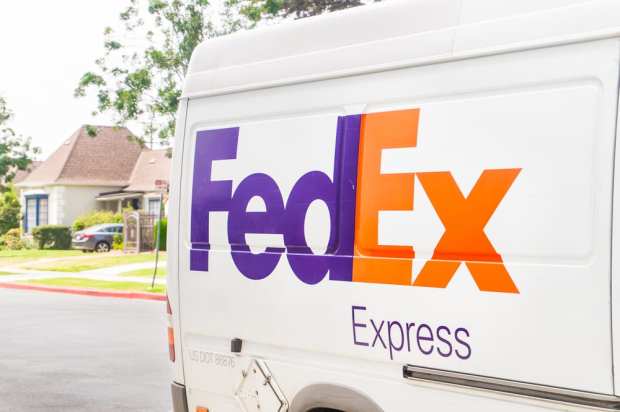Shipping Blues: Infrastructure Staggers Under Digital Shift

Infrastructure built for pre-pandemic eCommerce levels is staggering under the weight of the digital shift. With the PYMNTS COVID-19 tracker showing that nearly two times as many Americans have little or no interest in leaving their homes to reengage in the physical world as those who do, online commerce is booming – and shipping has become a dicey prospect.
Evidence comes from the two major shipping companies, which are now dealing with Black Friday-level eCommerce levels. According to The Wall Street Journal, the volume has forced FedEx to limit the volume from dozens of retailers including Kohl’s, Nordstrom, Nieman Marcus and Bed, Bath & Beyond. The move is salt in the wound for retailers that have counted on eCommerce to keep revenue flowing and to keep creditors at bay.
“These customers have seen significant volume growth since the spread of COVID-19,” FedEx said last week in a notice to its Ground workers that was reviewed by the Journal. “In a time of already high-volume growth, capping the number of packages to be picked up at these locations will limit any negative impacts to the FedEx Ground network.”
UPS suspended any kind of service guarantees on March 26. While there have been no reports of retail limits, the company has said that “the majority of our services continue with the same expected delivery timeframes our customers have come to expect. While we have suspended our Service Guarantee in light of overall coronavirus uncertainties, we remain committed to providing timely and reliable service.”
While PYMNTS surveys have shown the potential and preference for online shopping, the newest Adobe Digital Economy Index shows the results. A SKU-level analysis from the top 100 U.S. retailers shows that eCommerce sales rose 49 percent in April compared to early March, before lockdown restrictions began. Online grocery clocked a 110 percent boost in daily sales between March and April. Additionally, book sales have doubled and sales of electronics have spiked 58 percent. The analysis also found that buy online, pick up in store (BOPIS) orders surged 208 percent year over year (YoY) in April.
“We’ve found that this sudden eCommerce acceleration is having an impact on apparel, electronics and grocery purchases online,” said John Copeland, vice president of marketing and customer insights at Adobe in a blog post. “With stores closed due to shelter-in-place mandates across the country, April’s Digital Economy Index highlights some of the ways in which brands in these categories have had to shift strategies during this unprecedented time and how consumer online shopping is evolving.”
Other sources corroborate the spike. Online commerce platform BigCommerce reported that “nearly two million eCommerce transactions were made through” its platform the prior week. As the report noted, that is “32 percent more than Cyber 5 week 2019,” which includes Thanksgiving, Black Friday, Cyber Saturday, Cyber Sunday and Cyber Monday. It was the fifth week in a row that transactions on the platform outpaced last year’s holiday shopping season.
UPS is experimenting with drones as a way to increase its shipping capacity.
“A lot of this is dependent on moving quickly, testing things and putting things on hold. Either killing it or continuing to work on something that’s more promising,” said Bala Ganesh, vice president of Advanced Technology Group at UPS, per a report. “A lot of times, what we do upfront is trying to make that quick evaluation … we do a quick analysis of what the customer needs are, see the technology maturity, and then based on that, make a quick call … if it is worth it to take it to a test phase, we do a quick analysis that says, ‘Should we build it? Should we buy it? Should we partner with somebody or in pieces?’ to start putting those pieces together.”
